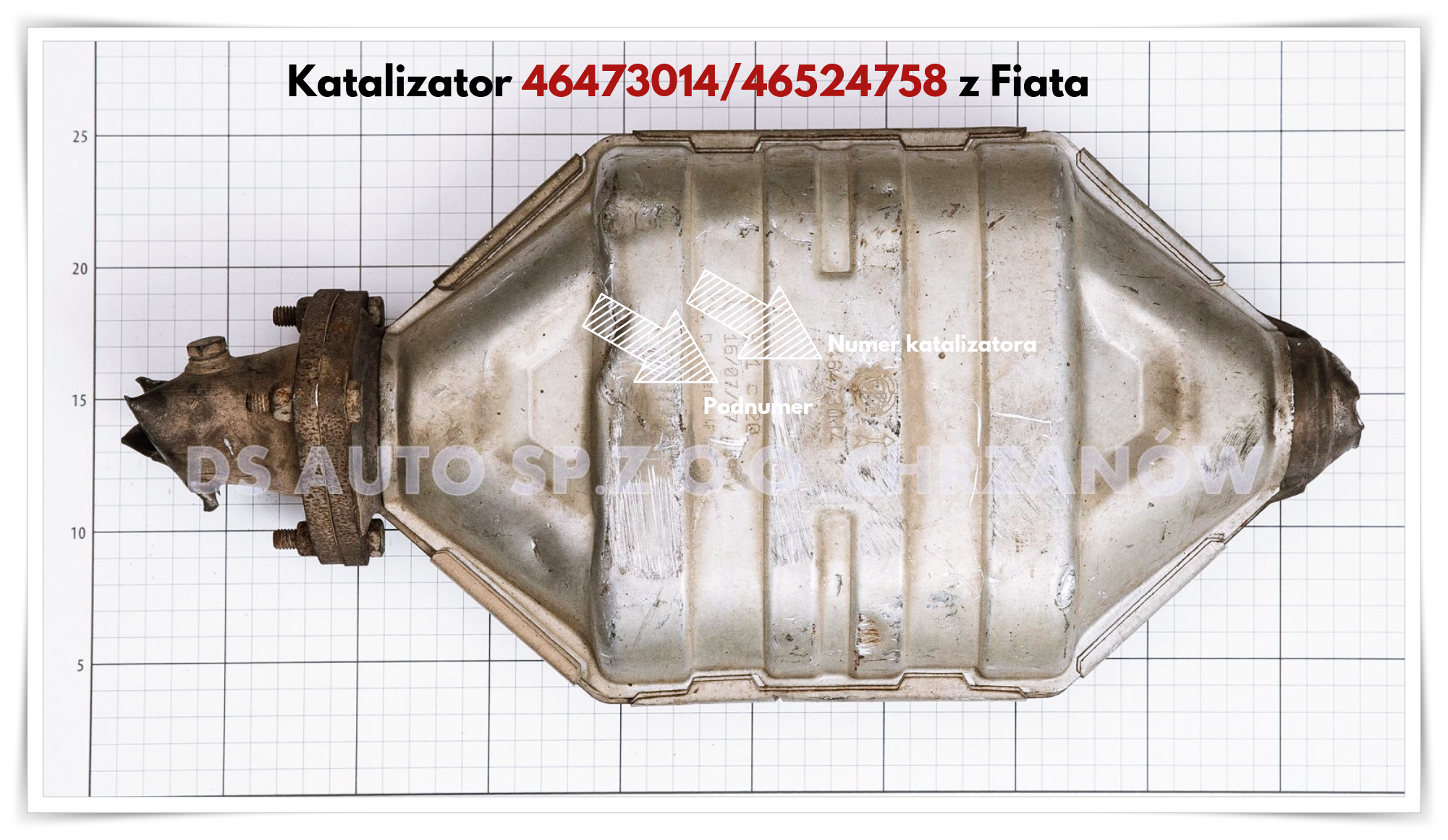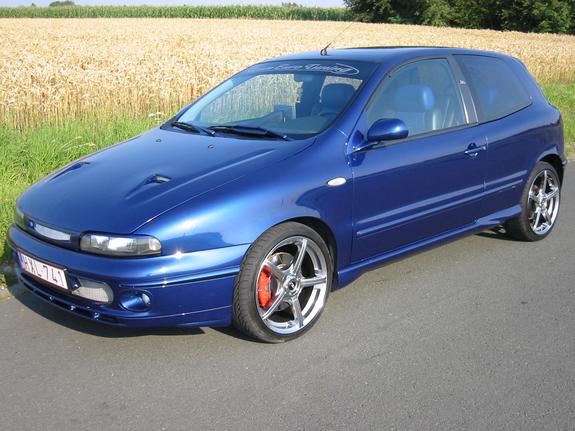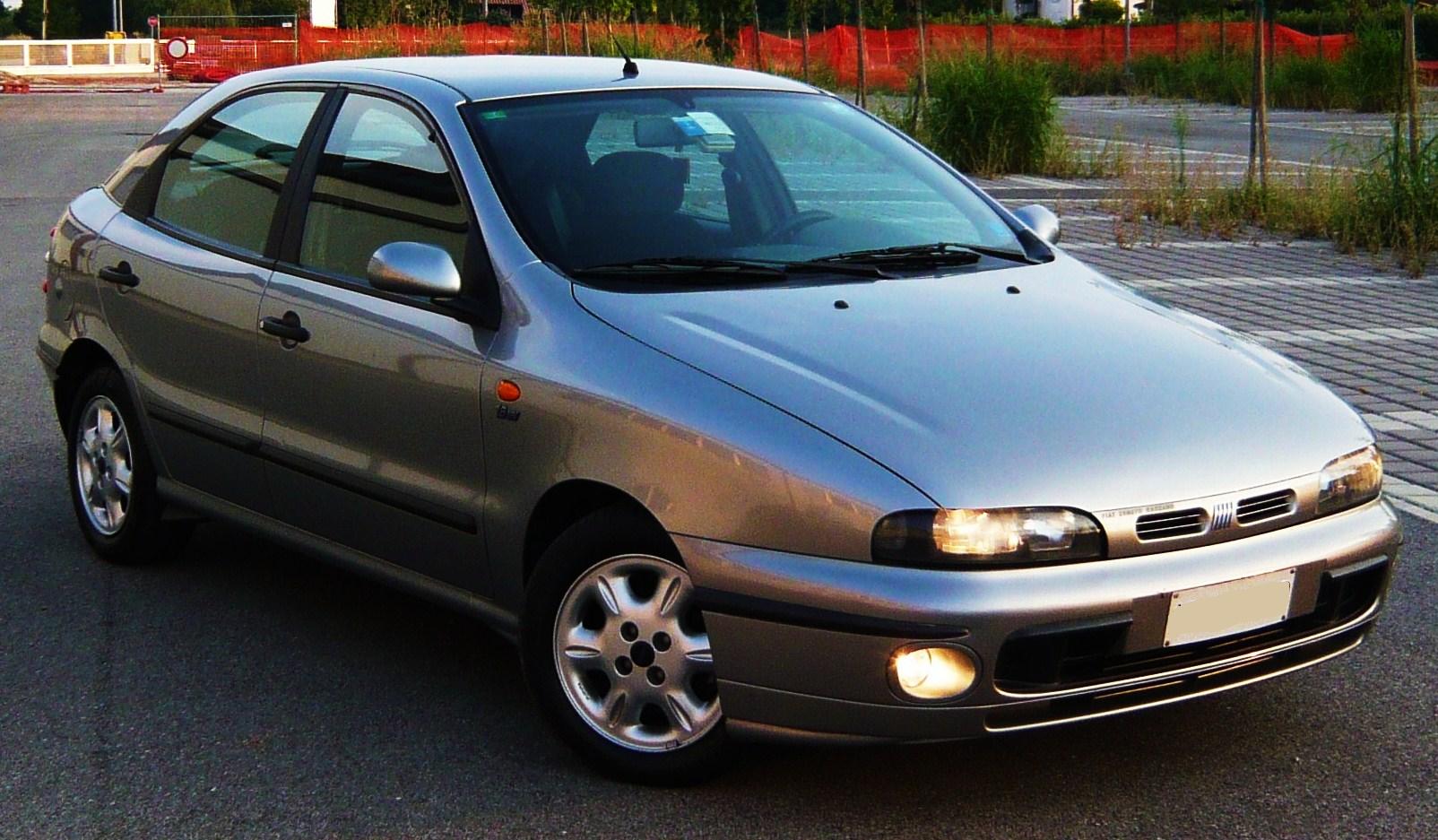Catalyst number 46473014/46524758, was produced for the vehicles of the Italian car concern FIAT and LANCIA. The ceramic catalyst with a length of about 48 cm is distinguished by a trapezoidal lid. The construction of outlet openings differs from each other, however, they retain a jointly rounded shape. The catalyst with a visible number can be found in the cars of Italian manufacturers – in gasoline versions produced in the years 1995-2002;
Here are the models and engine versions in which the following catalyst can be found:
FIAT BRAVA 1.2 16V 80 engines; 1.6 16V
FIAT BRAVO I in 1.2 16V 80 engines; 1.6 16V
FIAT MAREA 1.6 100 16V
FIAT WEEKEND MAREA 1.6 100 16V
LANCIA DELTA II 1.6 16V

You will be able to sell the catalyst with this number in the month of AUGUST 2019 at a promotional price.
You can always find the non-promotional price here: klik
Today we will introduce the history of two FIAT cars: Brava and Bravo.
FIAT BRAVA / BRAVO.
The common sounding name of Fiat models not only distinguished by one letter in naming, but also by door versions of the car or body type.
FIAT BRAVO is a car that in the initial production year appeared in a three-door version.
The first Fiat Bravo model (type 182) was constructed in 1995.
The sporty appearance of the car, the original shape of the hatchaback bodies and the bold interior of the car decided that it obtained the prestigious title of Car of the Year 1996 after a year after production. The external design of the car is primarily a unique design of lights.
A unique solution constituting the unique appearance of the vehicle was the incorporation of headlights into the body, which also gave the car a more sporty appearance.

FIAT BRAVA
The Brava car, a brotherly version with a five-door version, was first launched at the same time as the twin Bravo. Fiat Brava offered a liftback version, which made the car more elegant, practical and spacious. The compact Brava offered plenty of space and provided good comfort while riding. Their attractive price compared to their assets meant that the car belonged to the category of the lower middle class (segment C).
During the premiere, cars with 1.4 12V (80HP) engines could be purchased; 1.6 16V (103KM) 1.7 16V (113KM); 2.0 20V (147HP); 1.9 D (65KM).
The basic version of the 1.4 12V engine, however, turned out to be a complete flap, as consumers complained about low power and high fuel consumption. In 1998, the clumsy engine was replaced by a new 1.2 16V (80km) engine, in which our promotional catalyst was used.

In 1998, Bravo / Brava underwent slight changes both external and internal styling changes. A new 1.2 16V (80HP) engine appeared, which was previously used in the Fiat Punto. With the advent of highly developed electronics, an increase in the number of breakdowns in the car also began. The development of competition and the loss of points in competitions meant that in 2001 Fiat stopped production of the Bravo / Brava model, replacing it with the Stilo model.
However, in 2007 the production of the model under a changed type was reactivated (198), using a number of new facilities for customers.
From April 2007, it was possible to purchase this car only in the five-door version, thus using the name Fiat Brava by many. During the debut of the car they were covered by a 3-year warranty up to a million km, it was an important step to encourage the purchase of the vehicle after the car’s defeat Fiat Stilo.
The front of the car was styled on the model of the same brand of the vehicle Grande Punto. Although these cars are relatively young, they do not lack failure rates. When using the Fiat Bravo II car, it is worth paying attention to the protruding rear beam bushings, which are the bane of virtually every user. In addition, owners of this car model complain of malfunctions in the air conditioning radiator, impaired wear of the hydraulic clutch and inefficient braking system.
The main advantage of the car is fully refined corrosion protection.

 Phone number:
Phone number:  E-mail:
E-mail:  A stationary point:
A stationary point:  Getting from the customer:
Getting from the customer:  XRF analysis spectrometer:
XRF analysis spectrometer:  Valuation by numbers:
Valuation by numbers: 